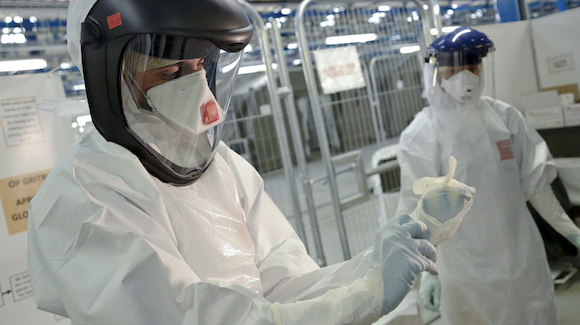The Neonatology Channel
NEW YORK (Reuters Health) – Results of a meta-analysis show that in preterm infants with respiratory distress syndrome, early use of nasal intermittent positive pressure ventilation (NIPPV) compared with nasal continuous positive airway pressure (NCPAP) reduces the need for invasive mechanical ventilation in the first 72 hours of life.
The findings are reported in the Archives of Pediatrics and Adolescent Medicine for April, by Dr. Jucille Meneses, with the Instituto de Medicina Integral Professor Fernando Figueira in Recife, Brazil, and colleagues.
“Minimizing the need for invasive mechanical ventilation early in life is an important factor in reducing the risk of BPD (bronchopulmonary dysplasia) and other comorbidities,” they note.
The authors point out that while NCPAP has significantly reduced the incidence of BPD in preterm infants with RDS, the newer noninvasive strategy of NIPPV has advantages over NCPAP and is increasingly used in neonatal intensive care units worldwide.
To see whether NIPPV versus NCPAP in this setting decreases the need for invasive ventilation, the team reviewed the literature and identified three relevant trials comparing the two techniques in a total of 360 infants.
The pooled results indicated a significantly decreased need for invasive ventilation within 72 hours of birth in the NIPPV group compared to the NCPAP group (relative risk 0.60), the investigators found. However, although the corresponding relative risk for bronchopulmonary dysplasia was 0.56, the difference was not statistically significant.
Discussing the findings of their review, Dr. Meneses and colleague note that the evidence shows NIPPV also prevents extubation failure and reduces the number of apneas.
While they say it is “plausible” that NIPPV compared to NCPAP may reduce the occurrence of bronchopulmonary dysplasia in this setting, they conclude that “larger trials involving the most vulnerable preterm infants with longer periods of intervention are needed to assess the relative merits of these 2 ventilatory strategies.”
SOURCE:
Arch Pediatr Adolesc Med. 2012;16:372-376.





